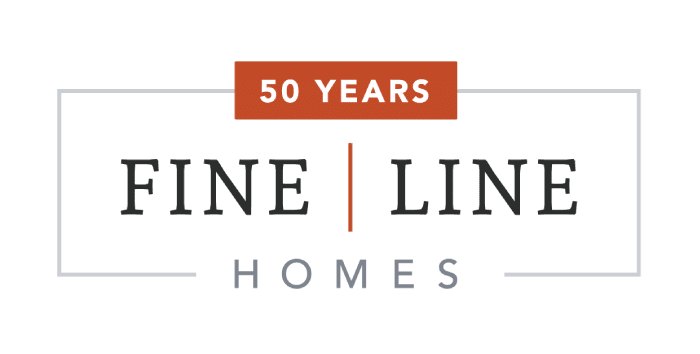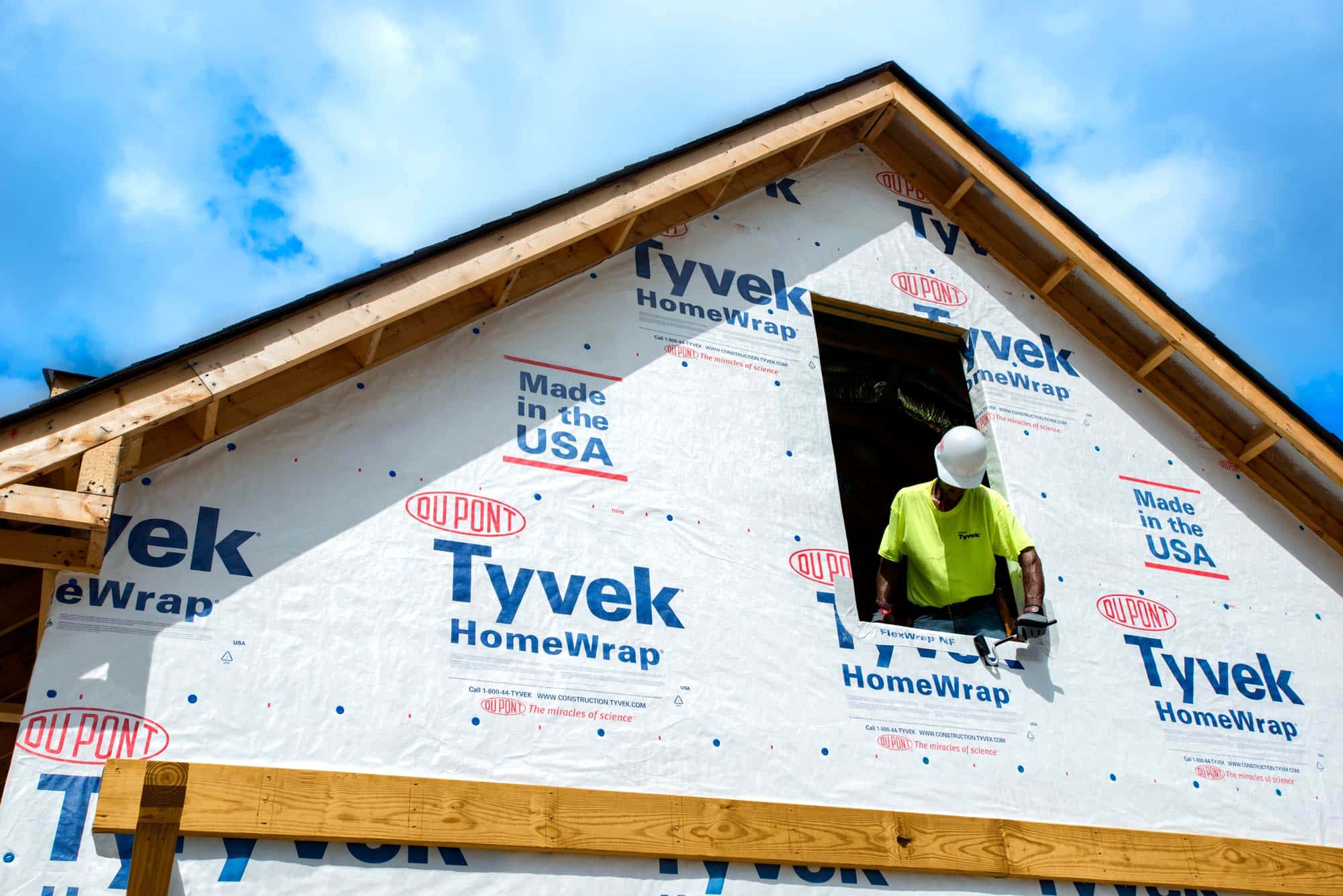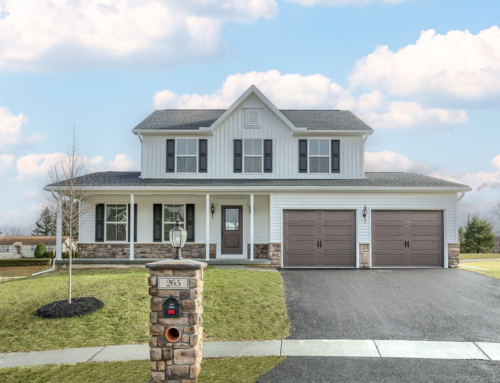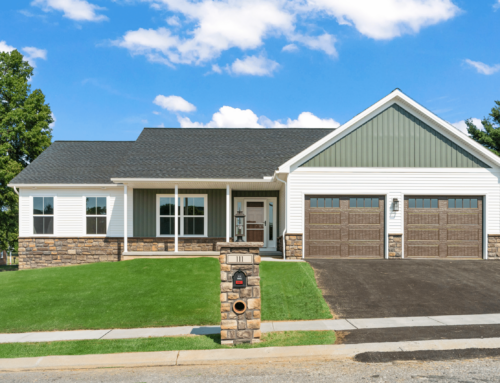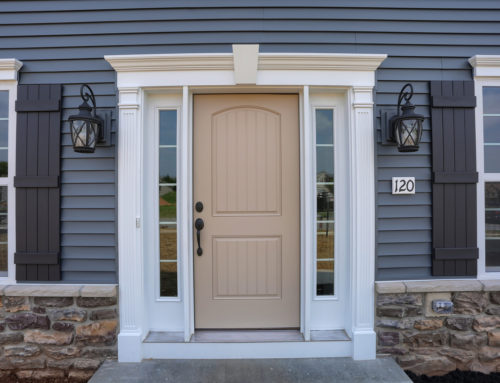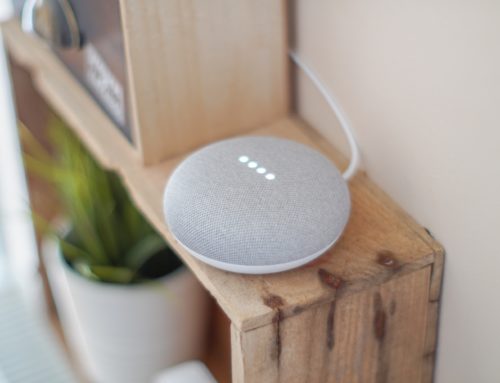What’s in a name? If the name is DuPont™, the answer is “Plenty!”
Ever hear of Mylar®? Kevlar®? Teflon™? They’re all DuPont™ family inventions. To say that the DuPont company has changed the way we live is an understatement.
DuPont has crept its way into so many industries, it’s remarkable. Their stretch includes the home building sector. Although you may not have realized the connection, think back to the last time you saw a house under construction in your neighborhood or on your way to work. Did you happen to notice workers wrapping it with the word Tyvek® onto the structure?
You guessed it: Tyvek is straight from the geniuses at DuPont.
What you saw on all those homes is called HomeWrap. It’s a necessary element to keep a residence comfortable, efficient, and problem-free. At least, it is when you choose Tyvek over other kinds of products.
Nope, HomeWrap Isn’t Like Saran® Wrap
Remember the last time you had to wrap up your child’s leftover peanut butter and jelly sandwich? You probably grabbed some Saran or plastic wrap. The wrap kept the treat from getting stale (although you probably still couldn’t get your picky eater to finish the crust.)
House wrap protects houses, too, but in a bit of a different way. House wrap is applied to the house structure after the shell has been created and the sheathing is in place. The home’s exterior, such as siding, is added afterwards to finish the look of the residence.
Why add this layer between the sheathing and exterior elements? Several reasons:
- Water protection. Without a house wrap, water could easily creep inside the walls. If you’ve ever experienced the unpleasant realities of mildew, you know how dangerous water can be. As soon as just a touch of liquid comes in contact with wood, mold spores take hold and breed. Rotten wood is the last thing you want; it’s costly to replace and can lead to serious health issues. With house wrap, you needn’t worry about rain seeping into the house where the wrap is located.
- Moisture transmission. Wait, though… what about the moisture in your home? Every shower creates steam… where does all that moisture that isn’t sucked out through exhaust fans go? The answer is through breathable house wrap… but only if it is able to transmit moisture outwards while not allowing it to come in. Therein lies the difference between hosue wrap and Saran wrap. House wrap breathes; Saran wrap tightly seals.
- Conditioned air loss reduction. No one likes to have a higher-than-expected heating or cooling bill. House wrap helps protect the conditioned air in your house, leading to lowered utility costs. The air doesn’t seep through the walls, meaning you save more money every day.
Originally, asphalt-laden felt paper was thought to be the best type of house wrap on the market. In fact, it’s still available, along with other house wrap solutions. However, Dupont’s Tyvek HomeWrap® is considered by most in the building profession to be the industry leader.
What’s So Great About Tyvek HomeWrap?
When you’re talking to your preferred builder, you might wonder why you have to even consider different types of new house wrap. Aren’t they all the same? Yes and no… but more “no”. Tyvek HomeWrap has succeeded in ousting other types of house wrapping materials, especially among builders who are serious about creating stellar custom homes.
As you might expect from a company with a reputation like DuPont’s, Tyvek isn’t your average house wrap. It’s created in a unique way and uses proprietary technology to produce a better material.
In layman’s terms, that means DuPont built a better mousetrap.
One of the main selling points of Tyvek HomeWrap is the way that it allows moisture from inside the home to escape while protecting it from water from the outside from getting in. DuPont’s focus is in the chemical realm; they have used their engineering and research abilities to develop a film that covers Tyvek. This film will literally allow moisture vapor to effortlessly leave your house, while protecting it from water getting in.
In other words, moisture has a one-way street when it comes to your residence: It can go out, but it can’t come in. As a new home owner, that’s exactly what you want.
Wait! Don’t All House Wraps Provide Air, Water, and Moisture Protection?
Certainly, all house wraps are going to offer some level of air, water and moisture protection. However, they are not known for being as air and water tight as Tyvek. A compelling experiment of Tyvek in action is available in this video. The video showcases the way Tyvek completely blocks air and water from the outside. Take two minutes and check it out. You’re sure to be impressed.
Other house wraps offer varying degrees of protection, but they don’t offer the same level of protection as HomeWrap or have the reputation of the Tyvek name. For that reason, it’s important to always insist upon Tyvek in any new build. Even if you’re going to put an addition on your house, such as a bedroom, den, or garage extension, request the use of Tyvek. You’ll be happy that did.
Check out this video from DuPont Tyvek comparing their Tyvek Home Wrap product to other competitors:
Price Comparisons Between Tyvek and Other Home Wraps
Is Tyvek’s premium ability going to cost more than other house wraps on a per square footage basis? Absolutely. Think of it this way, though: If you’re building a home, are you going to quibble about the construction materials that go into making it a truly protected structure? Wouldn’t you want the best you could afford so you have peace of mind?
A home is an asset, and it’s also one of the biggest investments you’re likely to make in your lifetime. It should be a place that you feel great about living in, not a location that makes you nervous every time a rain shower hits or the humidity in your house rises because you were cooking up a storm.
Knowing the word “Tyvek” is on your house wrap brings a sense of relief that you made the right choice. Relax: Your new home is Tyvek strong.

